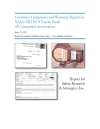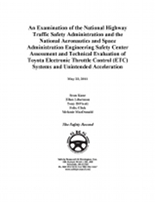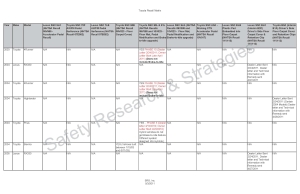The Senior Judge of the Florida’s Fifth Judicial Circuit has set aside a jury verdict in favor of Ford Motor Company, blasting the automaker for defrauding the court and the National Highway Traffic Safety Administration by claiming that it knew of no other cause of unintended acceleration than driver error and for concealing years of testing that showed that electromagnetic interference was a frequent root cause of UA in Ford vehicles.
In his withering decision, Senior Judge William T. Swigert of the Fifth Judicial Circuit in Sumter County, Florida ordered a new trial in which the jury would only consider compensatory and punitive damages in Stimpson v. Ford. The post-trial order is a victory for Attorney Thomas J. Murray, of Murray & Murray based in Sandusky, Ohio, who represented the Stimpson family.
The case concerned an October 28, 2003 crash which left Peggy Stimpson permanently paralyzed. Her husband alleged that he was unable to stop the couple’s 1991 Ford Aerostar, when it suddenly accelerated from their carport as he put the van into gear. The Aerostar hurtled more than 100 feet, and crashed into a utility pole. Continue reading


